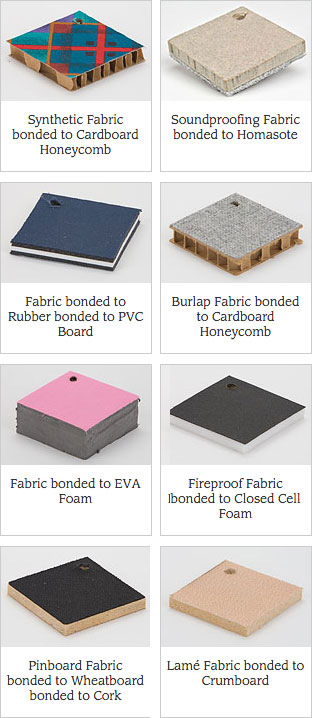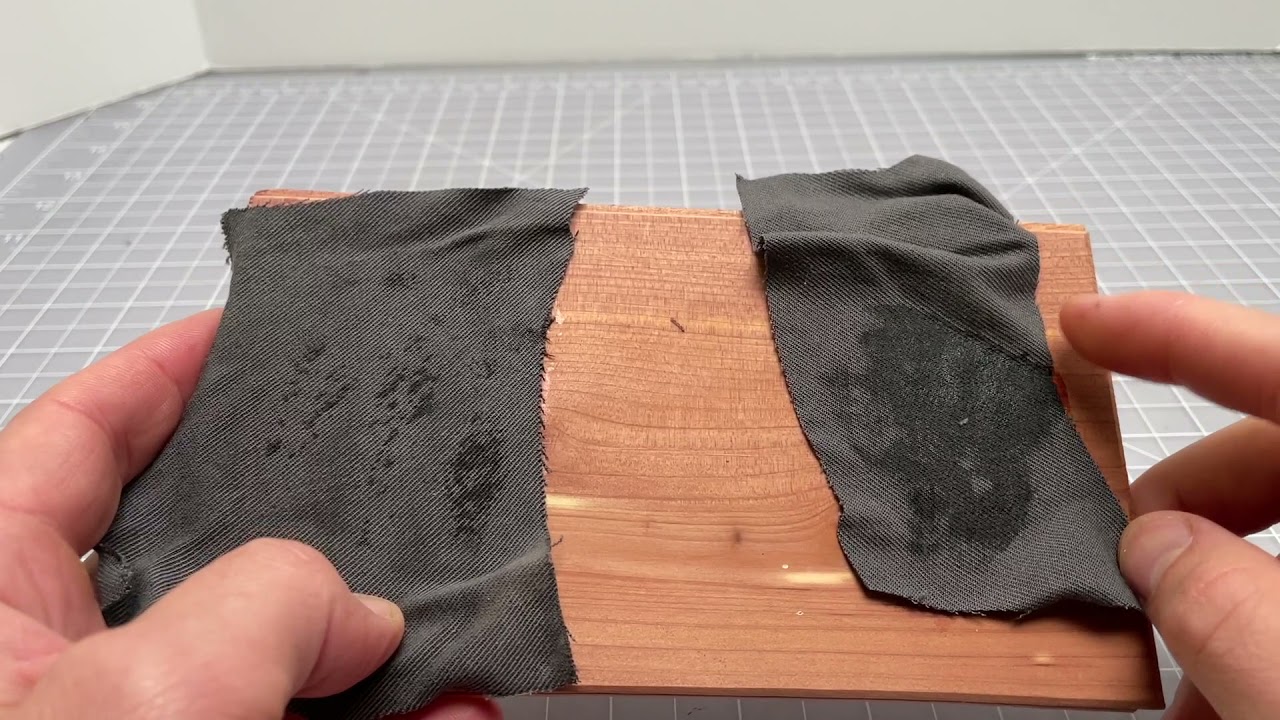Did you ever wonder if you can use wood glue on fabric? Well, you’re in the right place! In this article, we’ll explore whether wood glue is a suitable adhesive for fabric projects. So, let’s dive in and find out if you should grab that bottle of wood glue for your next sewing endeavor!
When it comes to crafting, it’s always exciting to try new techniques and materials. But before you get started, it’s important to know if using wood glue on fabric is a good idea or not. Can you picture yourself using wood glue like a pro on your fabric projects? Let’s find out if it’s a match made in crafting heaven or a recipe for disaster!
So, whether you’re a curious DIY enthusiast or just trying to find the perfect glue for your next sewing project, keep reading to discover if wood glue is a go-to adhesive for fabric or if you should explore other options. Let’s unravel the mystery together!

Can You Use Wood Glue on Fabric?
Wood glue is a versatile adhesive widely used in woodworking projects, but can it be used on fabric? Many people wonder if wood glue can effectively bond fabric together or repair fabric items. In this article, we will explore this question and provide you with detailed information on the compatibility, application, and potential benefits of using wood glue on fabric.
Is Wood Glue Suitable for Fabric?
Using wood glue on fabric is not recommended. While wood glue is designed to bond porous materials like wood, it is not specifically formulated for fabric. Fabric requires an adhesive specifically designed for its unique properties, such as flexibility, stretch, and washability. Wood glue may not provide a lasting bond on fabric and can potentially damage the fabric fibers.
Compatibility
Wood glue and fabric have different properties, which make them incompatible for a strong and durable bond. Wood glue is formulated to penetrate and bond porous materials, such as wood fibers. Fabric, on the other hand, is typically made of non-porous fibers like cotton, polyester, or nylon. The adhesive properties of wood glue may not effectively penetrate or bond with these non-porous fibers, resulting in a weak bond that can easily come apart.
Application
Even though wood glue is not recommended for fabric, some crafters and DIY enthusiasts may still attempt to use it in certain situations. If you do choose to use wood glue on fabric, it is important to approach the application with caution. First, ensure that the fabric is clean and free from any dirt or debris. Apply a thin layer of wood glue to one of the fabric surfaces, then press the two fabric pieces together firmly. Allow the glue to dry completely before using or washing the fabric. However, it is important to note that the bond may not be as strong or long-lasting as using a fabric-specific adhesive.
Potential Issues
Using wood glue on fabric can lead to several potential issues. Firstly, wood glue is not designed to withstand regular washing or exposure to moisture, which may cause the bond to weaken or break. Additionally, fabric requires flexibility and stretch, which wood glue does not provide. The stiffness and rigidity of wood glue can affect the drape and movement of the fabric, making it uncomfortable to wear or use. Lastly, wood glue may leave visible stains or residue on the fabric, impacting its appearance.
Alternatives to Wood Glue for Fabric
Fortunately, there are many adhesive options specifically designed for bonding fabric. Fabric glue, for example, is formulated to provide a strong and flexible bond on various types of fabric. It is washable, dries clear, and does not leave behind stains or residue. Other alternatives include fabric tape, fusible web, and sewing techniques like hand stitching or machine sewing. These options provide a more reliable and durable bond for fabric projects and repairs.
Tips for Using Fabric Adhesives
When using fabric adhesive, it is essential to follow the manufacturer’s instructions for the specific product you are using. Here are some additional tips to ensure successful bonding:
1. Test the adhesive on a small, inconspicuous area of fabric before applying it to the entire project.
2. Apply the adhesive sparingly to avoid excessive buildup or seepage.
3. Allow the adhesive to dry fully before handling or wearing the fabric.
4. If you are using heat-activated adhesive, follow the temperature and pressing instructions carefully.
5. Store fabric adhesive in a cool and dry place to maintain its effectiveness.
Choosing the Right Adhesive for Fabric
When it comes to bonding fabric, it is crucial to select the appropriate adhesive for optimal results. Here are three popular types of fabric adhesive:
1. Fabric Glue
Fabric glue is a liquid adhesive specifically designed for bonding fabric. It dries clear, remains flexible, and is washable. Fabric glue is suitable for a variety of fabric materials and can be used for both repairs and crafting projects.
2. Fusible Web
Fusible web, or fusible interfacing, is a thin adhesive material that is activated by heat. It comes in the form of sheets or tape and can be used to bond fabric layers together or attach fabric to other surfaces. Fusible web provides a strong bond and is often used in sewing projects.
3. Sewing Techniques
Traditional sewing techniques, such as hand stitching or machine sewing, can also be used to bond fabric securely. Sewing provides a durable and long-lasting bond, especially for items that require strength and flexibility, like clothing or home decor.
In conclusion, using wood glue on fabric is not recommended due to the incompatible properties of the materials. While wood glue may temporarily bond fabric, it may not withstand regular use, washing, or provide the necessary flexibility and comfort. It is advisable to use adhesives specifically designed for fabric, such as fabric glue, fusible web, or sewing techniques. These alternatives offer reliable and durable bonds, ensuring your fabric projects and repairs stand the test of time.
Key Takeaways: Can You Use Wood Glue on Fabric?
- Wood glue is not recommended for use on fabric.
- Wood glue is specifically formulated for bonding wood surfaces.
- Using wood glue on fabric can result in a stiff and hard texture.
- It may also leave visible residue or discoloration on the fabric.
- It is best to use fabric glue or an adhesive designed for fabric projects.
Frequently Asked Questions
Welcome to our FAQ section on using wood glue on fabric. If you’ve ever wondered about using wood glue on fabric for your DIY projects or repairs, you’ve come to the right place. Below, we’ve answered some common questions related to this topic to help guide you through the process. Let’s dive in!
1. Can I use wood glue to attach fabric to wood?
Wood glue is specifically designed to bond wood surfaces together, so it may not be the best choice for attaching fabric to wood. Wood glue tends to dry hard and can create a stiff and brittle bond, which may not be suitable for flexible materials like fabric. It’s recommended to use adhesives that are specifically formulated for fabric, such as fabric glue or spray adhesive.
Using a fabric adhesive ensures a strong bond that remains flexible, allowing the fabric to move without the risk of it tearing or coming off the wood surface. These adhesives are designed to bond well with fabric fibers and are better suited for attaching fabric to wood surfaces.
2. Is it possible to use wood glue to repair fabric tears or holes?
While wood glue is not the ideal adhesive for repairing fabric tears or holes, it can be used as a temporary fix in certain situations. Keep in mind that wood glue is not flexible when dry, so it may not provide a long-lasting solution for fabric repairs.
If you need a temporary fix, you can apply a small amount of wood glue to the edges of the tear or hole and press them together. However, it’s important to note that this is not a permanent solution, and you should still consider using fabric-specific adhesives or sewing techniques for a more durable repair. Wood glue can be used as a quick fix in emergencies, but it’s best to seek proper fabric repair methods for a more reliable and long-lasting solution.
3. Can wood glue be used to create fabric crafts?
While wood glue is not the most suitable adhesive for fabric crafts, it can still be used in certain applications. It’s important to consider the specific requirements of your project and the type of bond you need. For projects where fabric needs to be attached to wood indirectly or as a decorative element, wood glue can be used. However, keep in mind that the bond may not be as strong or long-lasting as using adhesives formulated for fabric.
If you decide to use wood glue for fabric crafts, apply a thin and even layer of glue to both the wood and fabric surfaces, then press them together firmly. Allow the glue to dry completely according to the manufacturer’s instructions before handling or moving the project. It’s always recommended to test a small, inconspicuous area first to ensure the wood glue is compatible with your specific fabric and project needs.
4. What are the alternatives to using wood glue on fabric?
If you’re looking for alternatives to using wood glue on fabric, there are several options available that are specifically designed for fabric applications. Fabric glue, also known as textile adhesive, is a popular choice. It is a flexible adhesive that creates a strong bond between fabric surfaces. Fabric glue is available in various forms, including liquid, gel, and stick formats, allowing you to choose the one that best suits your project.
Another alternative is using spray adhesive, which provides a quick and even coat of adhesive on the fabric surface. Spray adhesives are particularly useful for larger projects or attaching fabric to irregularly shaped surfaces. These adhesives are designed to provide a strong bond while maintaining flexibility, making them ideal for fabric applications.
5. Can wood glue be removed from fabric?
Removing wood glue from fabric can be challenging, especially if it has dried and hardened. Avoid pulling or forcing the glue off the fabric, as this may damage the fabric fibers. Instead, follow these steps:
1. Scrape off any excess dried glue gently using a dull knife or spoon. Be careful not to damage the fabric while doing so.
2. Apply a small amount of a suitable solvent, such as rubbing alcohol or acetone, to a clean cloth or sponge. Dab the glue stain gently and avoid rubbing vigorously, as this may spread the glue or push it deeper into the fabric.
3. Blot the area with a clean cloth or towel to remove the solvent and glue residue. Repeat the process if necessary, using a fresh cloth each time.
4. Once the glue is removed, wash the fabric according to its care instructions to remove any residue from the solvent.
Always test any solvent or cleaning method on a small, discreet area of the fabric first to ensure it does not cause damage or discoloration.

Glue Fabric to Wood Using Mod Podge
Summary
Using wood glue on fabric is not recommended because it is designed for different materials. Wood glue is meant for bonding wood and won’t be effective on fabric.
When working on fabric projects, it’s best to use fabric glue or other adhesives specifically made for textiles. These types of glues will provide a stronger bond and flexibility that is needed for fabrics. So remember, stick to fabric glue for fabric projects!
